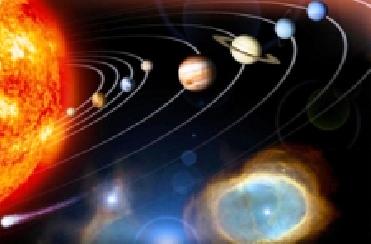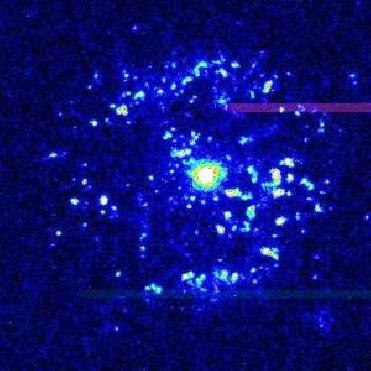
Astronomers have so far detected over 400 extrasolar planets.
WASHINGTON (BNS): Adding to their repertoire of low mass extrasolar planets, astronomers have discovered a new exoplanet four times the mass of Earth and the second smallest one spotted to date.
The planet – HD156668b – orbits its host star in just over four days and lies roughly 80 light years away from Earth in the constellation of Hercules. It is the second smallest exoplanet discovered yet.
Astronomers spotted the new planet with the help of Keck I telescope located in Hawaii.
“This is quite a remarkable discovery. It shows that we can push down and find smaller and smaller planets,” said astronomer Andrew Howard of the University of California at Berkeley while announcing the discovery at the 215th American Astronomical Society meeting held here.
Scientists, so far, have detected over 400 exoplanets majority of which are the size of Jupiter or even larger.
“It’s been astronomers’ long-standing goal to find low mass planets, but they are really hard to detect,” Howard said.
The latest discovery would help researchers know more about the evolution of such planets and planetary systems, he said.
The tiniest extrasolar planet detected so far is Gliese 581 e. At a minimum of 1.9 Earth masses, it is the closest in mass to Earth. It was the fourth exoplanet discovered by astronomers and revolves around a red dwarf star, Gliese 581 and lies in the constellation of Libra.
 Previous Article
Previous Article Next Article
Next Article













The Indian Air Force, in its flight trials evaluation report submitted before the Defence Ministry l..
view articleAn insight into the Medium Multi-Role Combat Aircraft competition...
view articleSky enthusiasts can now spot the International Space Station (ISS) commanded by Indian-American astr..
view article